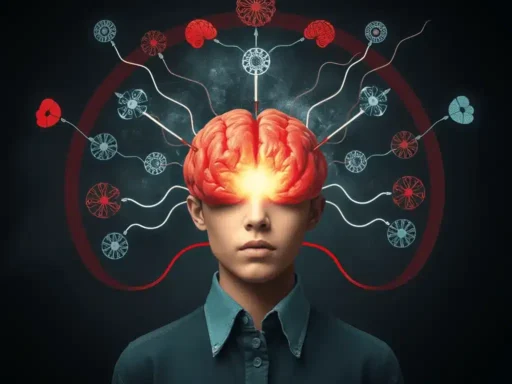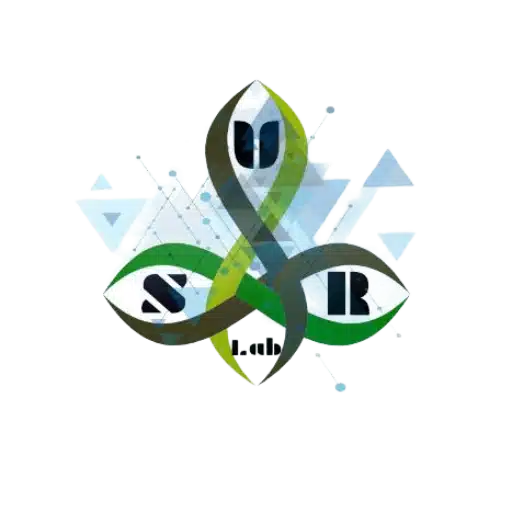This article provides an in-depth analysis of the research published in Frontiers in Psychology by Pierpaolo Zivi and colleagues, titled "Field dependent-independent cognitive style as a predictor of malevolent creativity: a multifaceted approach". The study explores one of the most fascinating and unsettling aspects of the human mind: malevolent creativity, the ability to generate original ideas with the express intention of harming others.
Malevolent Creativity: The Intent to Harm with Originality
Creativity is not always constructive. There is a "dark side" to it, which psychologists define as Malevolent Creativity. This is not about making a mistake or causing accidental harm; it is the deliberate application of ingenuity for harmful, antisocial, or unethical purposes. This can manifest in various ways, from devising a sophisticated scam to creating an effective disinformation campaign.
The study by Zivi et al. asked a fundamental question: are there individual traits, such as cognitive style, that can predict a person's propensity for this type of creativity? The investigation analyzed three distinct facets of malevolent creativity:
-
Creative Process: The ability to generate harmful ideas.
-
Creative Product: The creation of an original but malicious product (e.g., black humor).
-
Creative Behavior: The tendency to engage in original and malicious acts in daily life.
Field-Dependent/Independent Cognitive Style: A Lens on Thought
At the heart of the research is the Field-Dependent/Independent (FDI) cognitive style. This psychological construct describes how a person perceives and analyzes information in relation to its surrounding context.
-
Field-Dependent Individuals: Tend to perceive the bigger picture and are more influenced by context. They struggle to separate a single element from its "field" or background. They are often described as more sociable and empathetic.
-
Field-Independent Individuals: Are more skilled at isolating details from the general context. They have a more analytical, impersonal approach and are able to restructure a problem by breaking it down into its components. This ability has historically been associated with higher levels of general creativity.
The researchers' hypothesis was that this very analytical ability and "detachment" from context might make field-independent individuals more prone to all three forms of malevolent creativity.
The Study's Findings: Who Is More Prone to Malevolent Creativity?
The data analysis, conducted after controlling for factors like mood, social desirability, and personal ethical stances, revealed a specific and interesting picture.
The results showed that a higher level of field-independence indeed predicted stronger performance in:
-
Malevolent Creative Process: Field-independent participants were better at generating a larger number of original and harmful ideas in a divergent thinking task.
-
Malevolent Creative Product: These same individuals produced more original and appreciated black humor captions for cartoons.
However, a crucial distinction emerged: no significant difference was found in self-reported malevolent creative behavior. In other words, being better at thinking malevolently in a lab setting does not necessarily mean one is more likely to act that way in everyday life.
Implications and Future Directions: Understanding the "Dark Side" of Innovation
This study offers valuable implications. The main discovery is that general creativity and malevolent creativity appear to share common cognitive foundations. The analytical thinking and problem-restructuring skills typical of the field-independent style act as an "engine" that can be directed toward both positive innovation and negative ends.
What makes the difference? The key likely lies in factors such as personal ethics, empathy, and social context, which determine the direction in which creativity is channeled.
The authors highlight the need for future studies to overcome current limitations, such as the difficulty of measuring real-world malevolent acts outside of a lab. Understanding the predictors and mechanisms of malevolent creativity is not about labeling people, but about developing educational and social strategies to promote an ethical and constructive use of human creative potential.
Reference: Zivi, P., Giancola, M., Nori, R., Piccardi, L., D’Amico, S., & Palmiero, M. (2024). Field dependent-independent cognitive style as a predictor of malevolent creativity: a multifaceted approach. Frontiers in Psychology.



